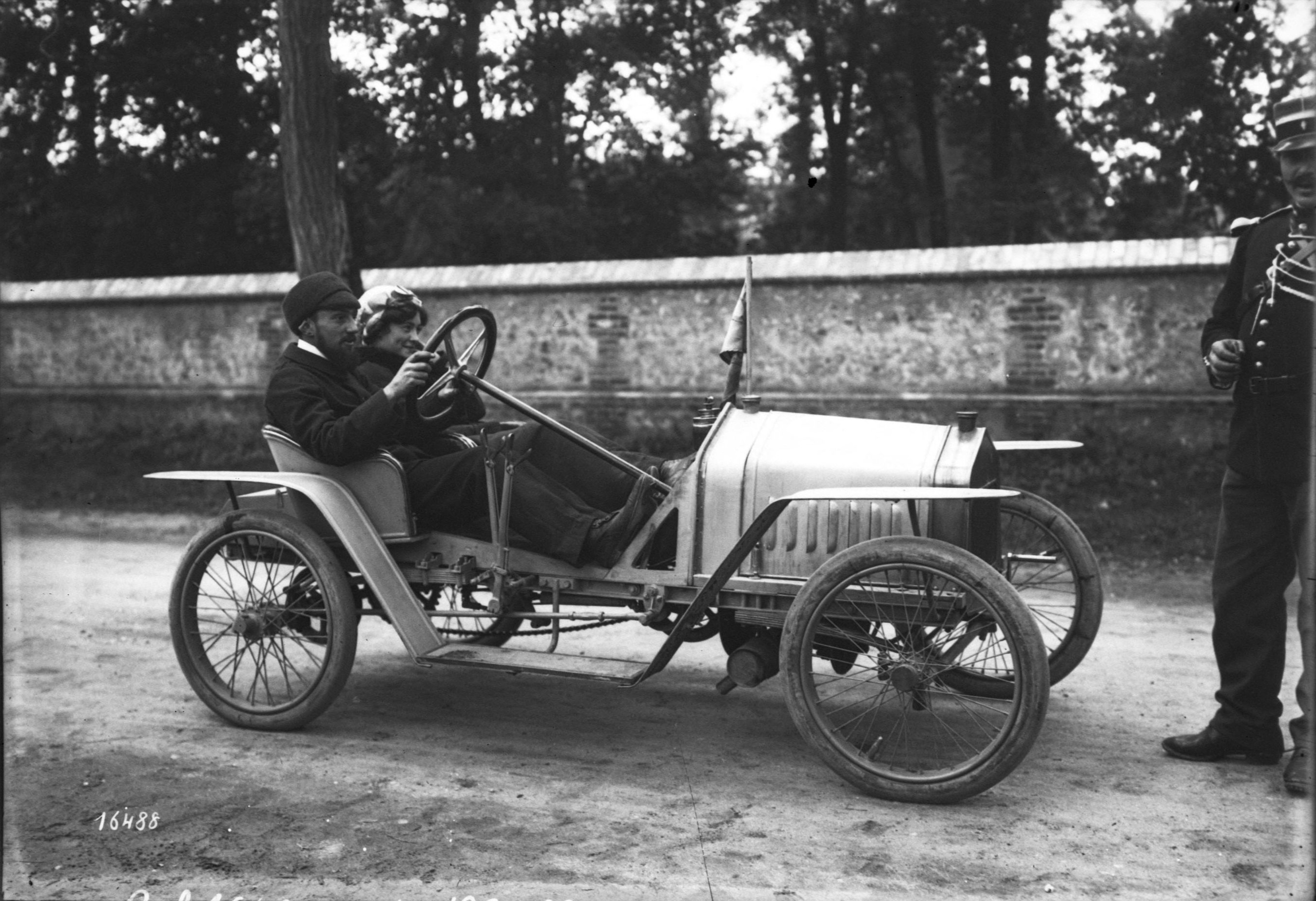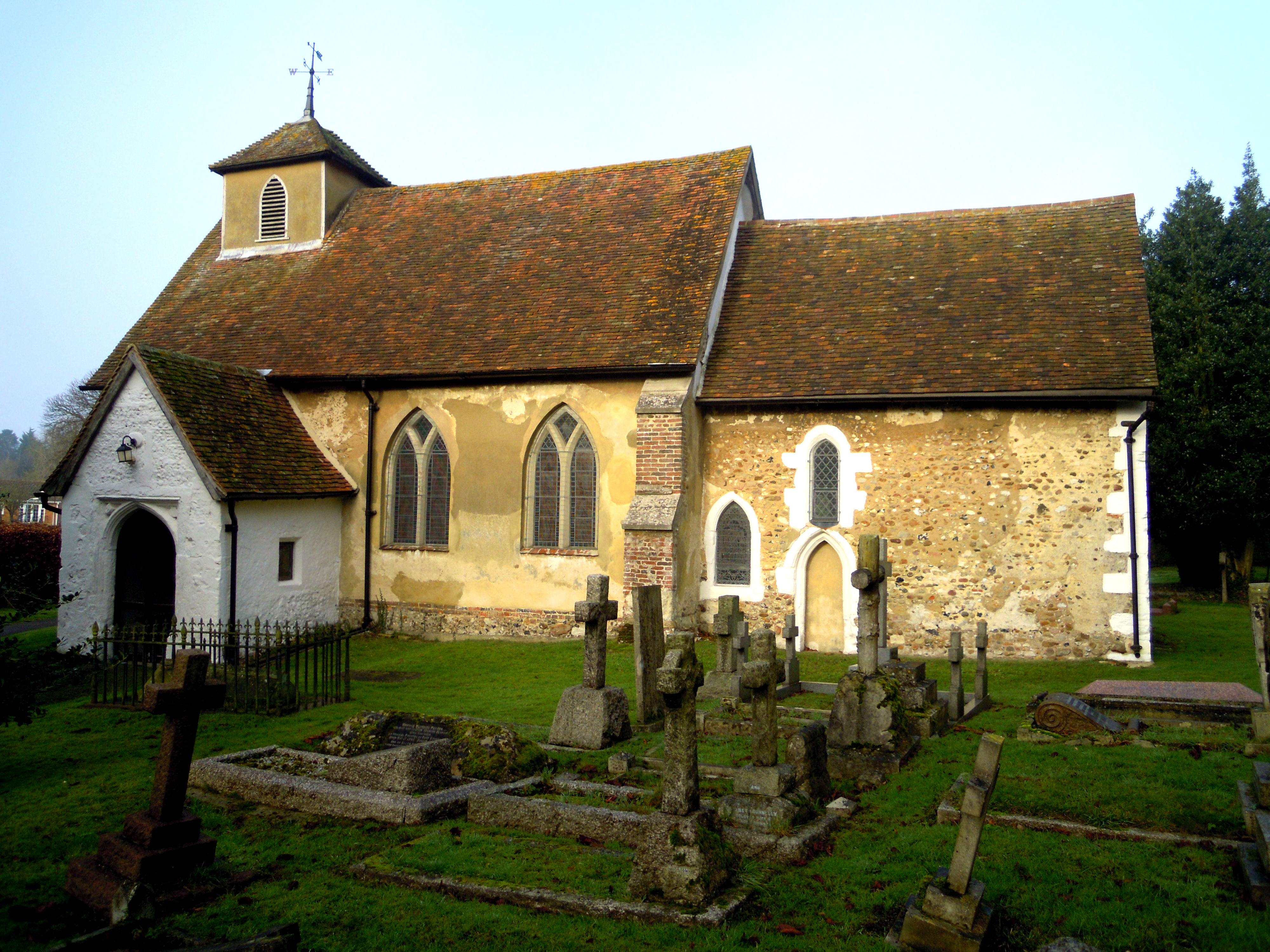|
Warne (car)
The Warne was a British 4-wheeled cyclecar made from 1912 to 1915 by Pearsall Warne Ltd at the Icknield Works in Letchworth, Hertfordshire. The car had a lightweight two-seat open body with full weather equipment. The car was launched in 1912 fitted with a JAP, V twin air-cooled engine of 964 cc with an RAC horsepower rating of 8 hp. but by the 1913 Olympia show the company had swapped to using F.E. Baker Ltd Precision 50 degree V-twin engines of 964cc.The Olympia Show, The Motor Cycle, 27th November 1913, p1591 One model had the air cooled version of the engine, and the other used the water-cooled version. In the original car the drive was to the rear wheels by belts, but the water-cooled version for 1913 had a 3-speed with reverse gearbox, the air-cooled version retaining the belt system. The suspension used half elliptic leaf springs all round. The engine size increased to 1070 cc in 1915. It originally cost £99. The 1914 models with Precision engines wer ... [...More Info...] [...Related Items...] OR: [Wikipedia] [Google] [Baidu] |
Cyclecar
A cyclecar was a microcar, type of small, lightweight and inexpensive Automobile, car manufactured in Europe and the United States between 1910 and the early 1920s. The purpose of cyclecars was to fill a gap in the market between the motorcycle and the car. A key characteristic was that it could only accommodate two passengers sitting tandem style or passenger behind the driver. The demise of cyclecars was due to larger cars – such as the Citroën Type C 5HP, Citroën Type C, Austin 7 and Morris Cowley – becoming more affordable. Small, inexpensive vehicles reappeared after World War II, and were known as microcars. Characteristics Cyclecars were propelled by engines with a Single-cylinder engine, single cylinder or V-twin engine, V-twin configuration (or occasionally a inline-four engine, four cylinder engine), which were often air-cooled. Sometimes motorcycle engines were used, in which case the motorcycle gearbox was also used. All cyclecars were required to ha ... [...More Info...] [...Related Items...] OR: [Wikipedia] [Google] [Baidu] |
Letchworth
Letchworth Garden City, commonly known as Letchworth, is a town in the North Hertfordshire district of Hertfordshire, England. It is noted for being the first garden city. The population at the time of the 2011 census was 33,249. Letchworth was an ancient parish, appearing in the Domesday Book of 1086. It remained a small rural village until the start of the twentieth century. The development of the modern town began in 1903, when much of the land in Letchworth and the neighbouring parishes of Willian and Norton was purchased by a company called First Garden City Limited, founded by Ebenezer Howard and his supporters with the aim of building the first "garden city", following the principles Howard had set out in his 1898 book, ''To-morrow: A Peaceful Path to Real Reform''. Their aim was to create a new type of settlement which provided jobs, services, and good housing for residents, whilst retaining the environmental quality of the countryside, in contrast to most indust ... [...More Info...] [...Related Items...] OR: [Wikipedia] [Google] [Baidu] |
JA Prestwich Industries Ltd
JA Prestwich Industries, was a British engineering equipment manufacturing company named after founder John Alfred Prestwich, which was formed in 1951 by the amalgamation of J.A.Prestwich and Company Limited and Pencils Ltd. History John Prestwich, an engineer, commenced manufacture of scientific instruments in 1895, when he was 20, initially behind his father's house at 1 Lansdowne Road, Tottenham, London. By 1911 he had moved to new premises in Tariff Road, within the Northumberland Park area of Tottenham, London, anwhich still exists as of 2015 Prestwich was initially best known for his cinematography cameras and projectors. He worked with S.Z. de Ferranti and later the cinema pioneer William Friese-Greene. Circa 1902 J.A.Prestwich and Company began manufacturing motorcycle engines which were used in many motorcycle marques. The motorcycle engines were associated with racing and record success and were used in speedway bikes into the 1960s. Prestwich also made engines for ... [...More Info...] [...Related Items...] OR: [Wikipedia] [Google] [Baidu] |
RAC Horsepower
Horsepower (hp) is a unit of measurement of power, or the rate at which work is done, usually in reference to the output of engines or motors. There are many different standards and types of horsepower. Two common definitions used today are the mechanical horsepower (or imperial horsepower), which is about 745.7 watts, and the metric horsepower, which is approximately 735.5 watts. The term was adopted in the late 18th century by Scottish engineer James Watt to compare the output of steam engines with the power of draft horses. It was later expanded to include the output power of other types of piston engines, as well as turbines, electric motors and other machinery. The definition of the unit varied among geographical regions. Most countries now use the SI unit watt for measurement of power. With the implementation of the EU Directive 80/181/EEC on 1 January 2010, the use of horsepower in the EU is permitted only as a supplementary unit. History The development of the stea ... [...More Info...] [...Related Items...] OR: [Wikipedia] [Google] [Baidu] |
Pound Sterling
Sterling (abbreviation: stg; Other spelling styles, such as STG and Stg, are also seen. ISO 4217, ISO code: GBP) is the currency of the United Kingdom and nine of #Crown Dependencies and British Overseas Territories, its associated territories. The Pound (currency), pound (pound sign, sign: £) is the main unit of account, unit of sterling, and the word "pound" is also used to refer to the British currency generally, often qualified in international contexts as the British pound or the pound sterling. Sterling is the world's oldest currency that is still in use and that has been in continuous use since its inception. It is currently the fourth most-traded currency in the foreign exchange market, after the United States dollar, the euro, and the Japanese yen. Together with those three currencies and Renminbi, it forms the basket of currencies which special drawing rights#Value definition, calculate the value of International Monetary Fund, IMF special drawing rights. As of mid ... [...More Info...] [...Related Items...] OR: [Wikipedia] [Google] [Baidu] |
List Of Car Manufacturers Of The United Kingdom
:''This list is incomplete. You can help by adding correctly sourced information about other manufacturers.'' As of 2018 there are approximately 35 active British car manufacturers and over 500 defunct British car manufacturers. This page lists car manufacturers that build or built cars in the United Kingdom. Major current marques Current manufacturers ;A * AC (1908–present) * Alvis (2012–present) * Arash (2006–present) * Ariel (1999–present) *''Aston Martin'' (1913–present) * Atalanta Motors (2011–present) ;B *''Bentley Motors'' (1919–present) *Bowler Offroad (1985–present) * BAC (2009–present) * Brooke (1991–present) ;C * Caterham (1973–present) ;D * David Brown (2013–present) ;E * Eagle E-Types (2013–present) * Elemental Cars (2014–present) ;G *Gibbs (2004–present) * Ginetta (1957–present) * Grinnall (1993–present) * Gardner Douglas Sports Cars (1990–present) * Great British Sports Cars (2006–present) ;H *Hawk (1986–pre ... [...More Info...] [...Related Items...] OR: [Wikipedia] [Google] [Baidu] |
Cyclecars
A cyclecar was a type of small, lightweight and inexpensive car manufactured in Europe and the United States between 1910 and the early 1920s. The purpose of cyclecars was to fill a gap in the market between the motorcycle and the car. A key characteristic was that it could only accommodate two passengers sitting tandem style or passenger behind the driver. The demise of cyclecars was due to larger cars – such as the Citroën Type C, Austin 7 and Morris Cowley – becoming more affordable. Small, inexpensive vehicles reappeared after World War II, and were known as microcars. Characteristics Cyclecars were propelled by engines with a single cylinder or V-twin configuration (or occasionally a four cylinder engine), which were often air-cooled. Sometimes motorcycle engines were used, in which case the motorcycle gearbox was also used. All cyclecars were required to have clutches and variable gears. This requirement could be fulfilled by even the simplest devices ... [...More Info...] [...Related Items...] OR: [Wikipedia] [Google] [Baidu] |
Defunct Motor Vehicle Manufacturers Of England
Defunct (no longer in use or active) may refer to: * ''Defunct'' (video game), 2014 * Zombie process or defunct process, in Unix-like operating systems See also * * :Former entities * End-of-life product An end-of-life product (EOL product) is a product at the end of the product lifecycle which prevents users from receiving updates, indicating that the product is at the end of its useful life (from the vendor's point of view). At this stage, a ... * Obsolescence {{Disambiguation ... [...More Info...] [...Related Items...] OR: [Wikipedia] [Google] [Baidu] |




